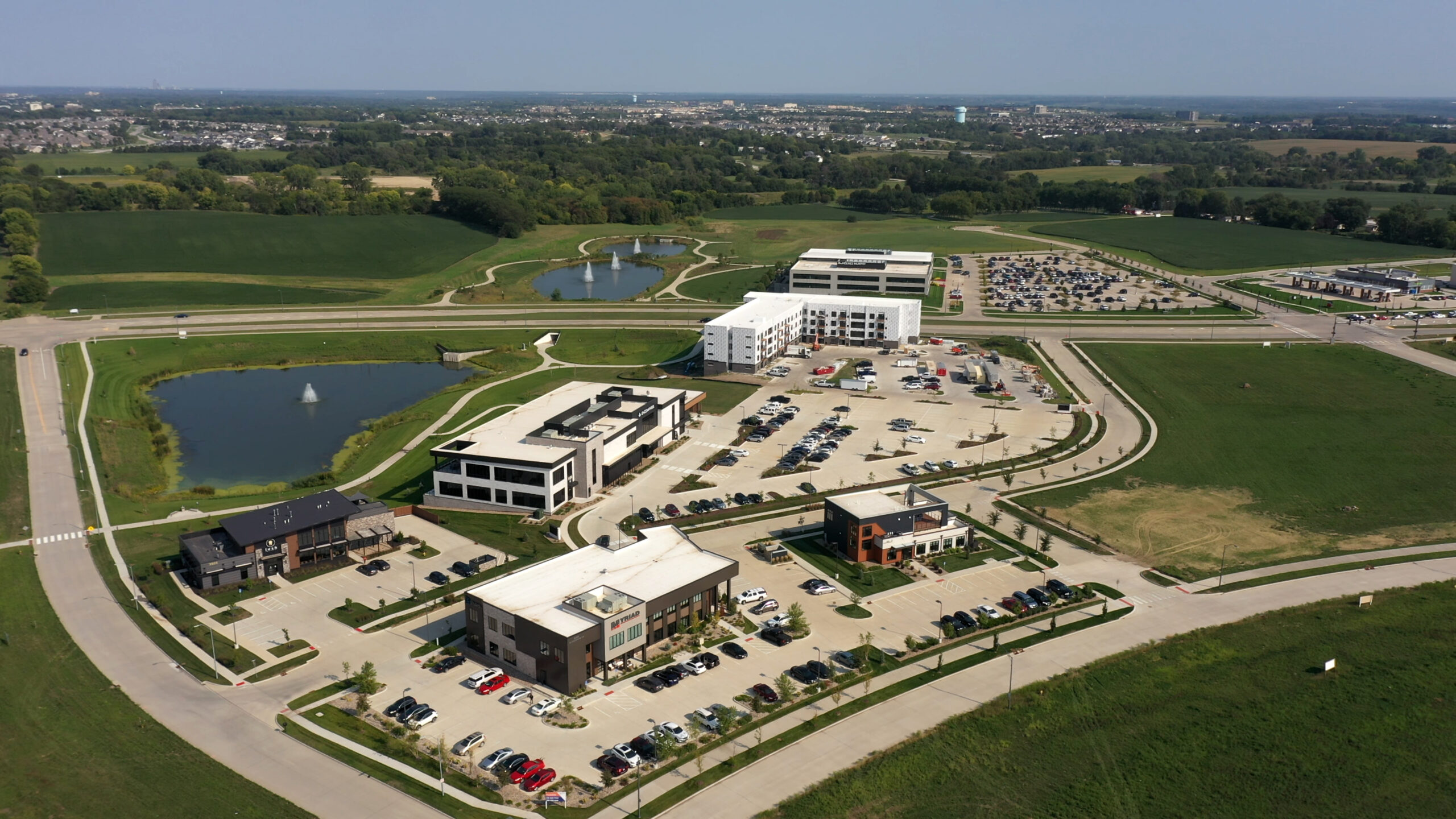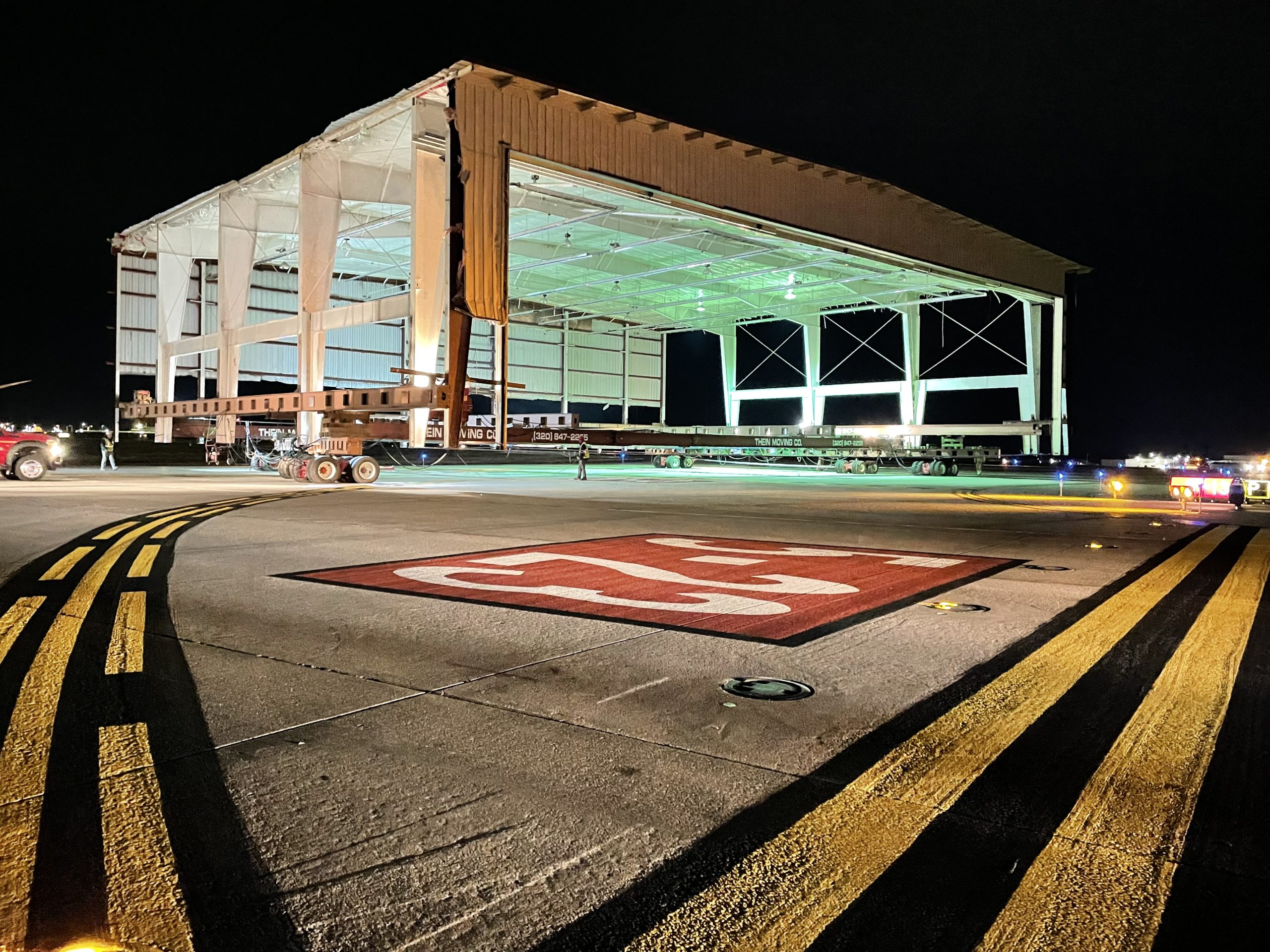
Legend has it that famous baseball manager Yogi Berra once quipped, “When you come to a fork in the road, take it!”
But when city leaders in Waukee, Iowa, faced a tough decision that would increase a project’s budget and timing, they couldn’t rely on quips or trite quotes. They needed a solid footing before explaining to the board and community members that the project would require more time and money than initially planned, but it would be the right way to go.
In the end, it was reliable data and a trusted partnership that allowed Waukee city staff and Foth engineers to realign around new data and create a solution that helped transform the city.
Overview
The City of Waukee is located 15 miles west of Des Moines and had recently been dubbed the state’s fastest growing city. Realizing the economic development potential, city and community development leaders set out to create an economic hub that would attract residents, businesses and visitors like never before. But there was one major problem. The existing infrastructure was limiting growth potential due to congestion on a popular thoroughfare – often backing up more than two miles during busy times – and lack of an exit from Interstate 80.
City leaders agreed that solving these infrastructure challenges was a top priority. When Foth came on board, city staff members showed us general plans to expand an existing road and create three usable lanes, with a potential to grow to six – a 3-of-6 design, and build a new road connecting to I-80. They also envisioned developing the surrounding area to accommodate residential and commercial growth. The new road would become Grand Prairie Parkway and the development Kettlestone.
Goals and Requirements
We had previously worked with city staff on a few short-term projects, so a level of trust and confidence was established between our teams. City leaders knew the I-80 interchange opened the door to the residential and commercial development they envisioned, and they trusted us to help them bring their vision to life. Construction of an urban road was the first step in that journey.
Using a cutting-edge traffic-modeling application called Vistro, we generated traffic patterns and potential scenarios. It wasn’t long before we realized that while the 3-of-6 design could work, it would soon be outgrown and wouldn’t support the anticipated economic growth. Our models suggested a 4-of-6 design would be a better way to achieve the city leaders’ vision, as it would immediately improve traffic flow and could be easily adjusted to accommodate anticipated growth.
“This was just a two-lane road carrying 3,000 to 4,000 vehicles a day,” recalled Molly Long, lead civil engineer and traffic modeler for Foth. “Now we were proposing four lanes, with potential for six. Inside the team, we were taking bets on traffic flow once it opened.”
While the new scenario was the best option, we knew it was not without risk. We knew it
expanded the budget and timeline. And going to the new model affected more than the main highway; it impacted plans for water management, environmental impacts, lighting, side roads, and interchanges. It also affected property owners along the corridor, as the new road would carry significantly more traffic.
Value of a Trusted Partnership
We shared our recommendation with city staff, described the new approach, and explained how we reached this conclusion. In addition to the expanded highway design, the team recommended changes to other aspects of the original plan. This included taking a regional perspective, which required more infrastructure now, but would simplify future development.
“Because of the mutual trust we had established,” said Long, “those conversations were candid and cordial. In the end, city staff agreed with the new approach.”
Building Consensus
The new plan required the support of elected leaders and cooperation of property owners along the project route. To build consensus, we immediately engaged with stakeholders. While not everyone would agree with the new plan, they appreciated being heard.
Elected leaders were also grateful for background discussions with the team. Drawing on their understanding of the approach and data, they could respond to constituents’ questions and concerns, and promote the benefits.
Transforming a Community and a Relationship
When it opened, Grand Prairie Parkway handled nearly three times as much traffic as the existing Alice’s Road could. The old road accommodated about 4,000 vehicles per day; the first day the new urban roadway opened, Grand Prairie Parkway served more than 12,000 vehicles, just as the models predicted. It helped lay the groundwork for Waukee to become a destination all its own and strengthened to relationship between Foth and the city.
As the community development director turned city administrator, Brad Deets described the alignment between the city and Foth teams. “In Waukee, we’re always looking ahead and planning for where our community is going.” Deets said. “We appreciate that Foth recognizes that and came with information and a solution that enabled us to set a strong foundation for growth.”
Power of Partnership
This is just one project that illustrates the experience of working with Foth. Our goal is to help solve our clients’ toughest challenges. We don’t start with preconceived solutions. We listen. We explore. We challenge. We communicate. And we build trust.
If you find yourself staring at a fork in the road and wondering which road to take, give us a call.
Markets: DOTs, Municipalities
Services: Strategic Consulting and Planning, Transportation Services



